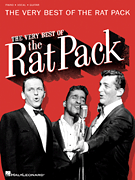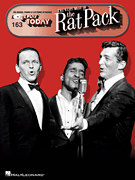Search Results for: “best songs ever”
Loading...
Best Song Ever View 42 Products
Best Songs Ever: Music View 1 Product
Best Songs Ever: Ben View 1 Product
Best Songs Ever: Ymca View 1 Product
Best Songs Ever View 1 Product
Best Songs Ever: Rock Around The Clock View 1 Product
Best Songs Ever: Paradise By The Dashboard Light View 1 Product
Best Song Ever View 1 Product


